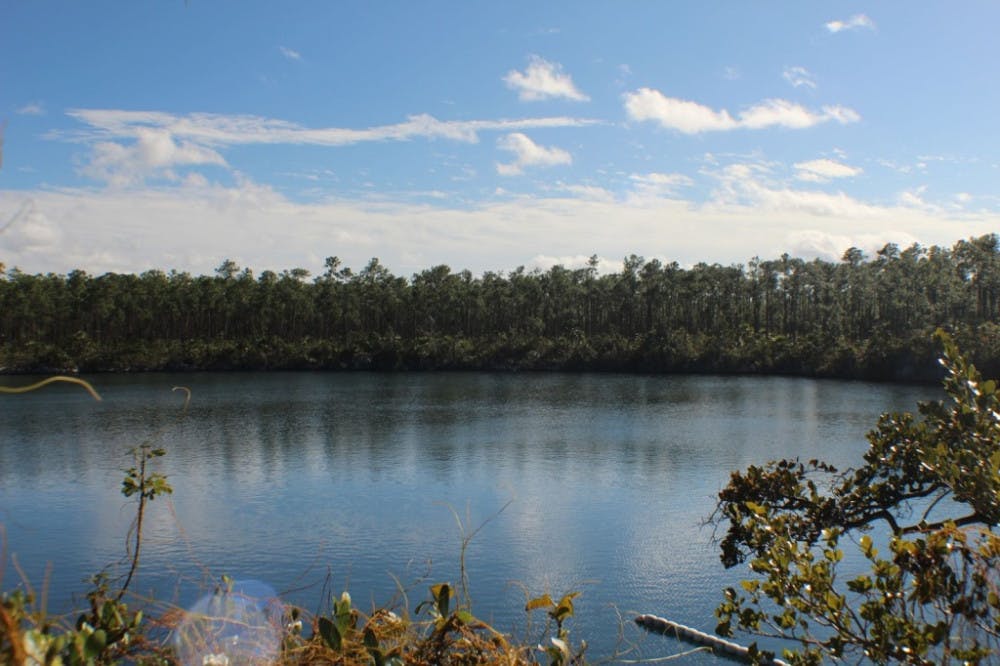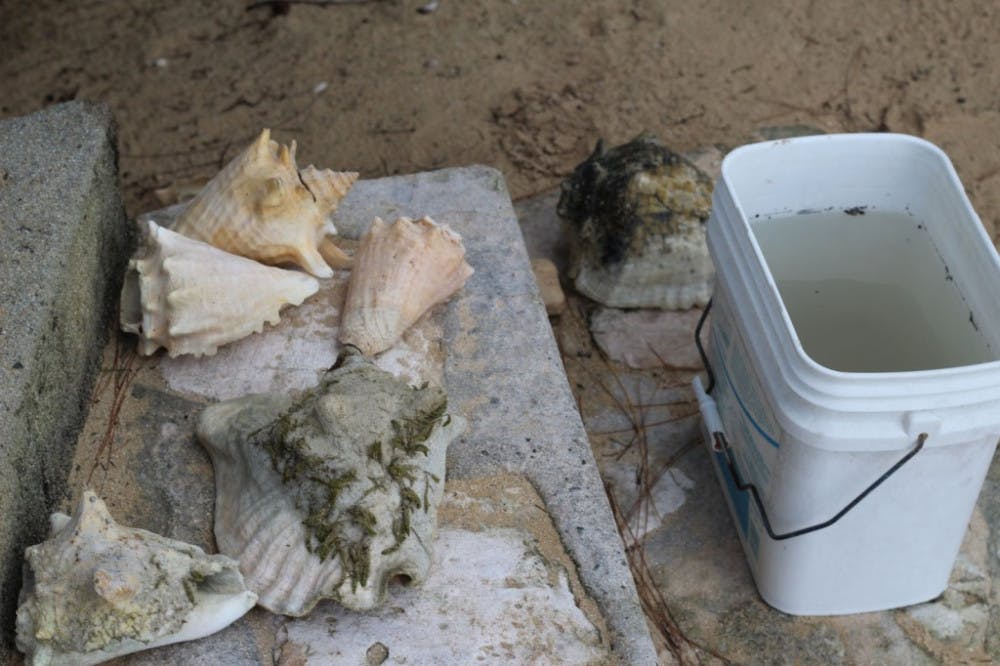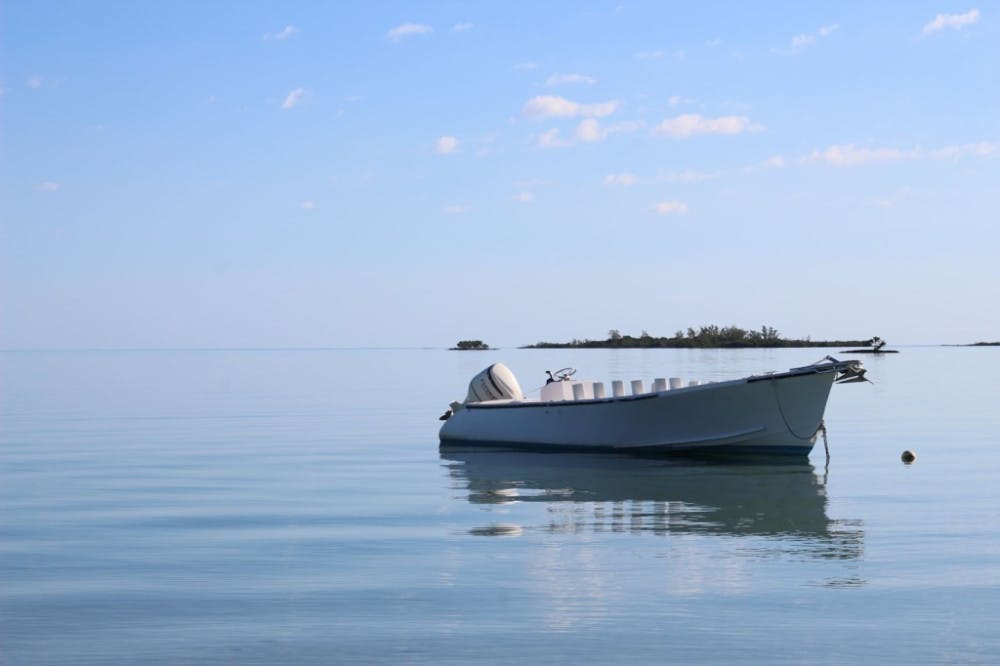By: Kelsey Plasse
Over J-term I took BIO299: Flora of the Bahamas which was a Miami-led program. This program took place on Andros Island which is the largest island in the Bahamas and remains vastly untouched. We stayed for two weeks at Forfar field station. Unfortunately, we were unable to interact with the local community because of COVID restrictions. However, the trip was still an amazing experience. I had no prior Botany experience but the teacher, Dr. Moore, was amazing and I learned a lot. I left with an increased appreciation for botany. I highly recommend this trip even if you aren't a science major!
Now for the photos:
In the Bahamas, there are many woodland areas where trees and shrubs grow. These woodland areas are referred to as coppices. This photo was taken in a coppice on a Pigeon Cay (pronounced key). We traveled to a few different keys to see how the plants differed from the mainland.
This photo was taken on Somerset beach. The tree in the picture is an Australian Pine, Casuarina equisetifolia, which is an invasive species. The Australian Pine was seen growing along most beaches. This species is considered to be one of the most problematic invasive species on the island because of the environmental issues they cause. The tree has shallow roots which allow it to easily topple over during storms and high winds causing coastal erosion. They also have abundant leaf litter which can impede the growth of other vegetation.
The Red Mangrove, Rhizophora mangle, was one of my favorite plants. Mangroves prevent coastal erosion which occurs from storms and heavy waves. They have a deep root system that anchors them in place. These root systems also serve as a nursery habitat for many fish.
Enjoy what you're reading?
Signup for our newsletter
Pictured is Andros Blue Holes National Park: Captain Bill’s Blue Hole. The National park was established on Andros in 2002 to protect the highest concentration of blue holes in the Bahamas. Andros has 178 known blue holes on the island and another 50 oceanic blue holes. The Blue holes in the Bahamas contain a variety of rare species of fish and shrimp. The 40,000-acre park protects large areas of the island's pine forest and coppice habitats as well as a portion of the freshwater lens. Captain Bill’s blue hole is a freshwater inland blue hole that is almost perfectly circular with a 450 feet diameter. The blue hole has limestone walls of course and is about 160 feet deep. Unlike many blue holes, Captain Bill’s does not have cave systems at the bottom but it does have organic sediment. Blue holes and cave systems hold the fresh water above the saltier (denser) water.

Much of Andros Island is covered in sharp Limestone.
Chitin, marine mollusks, vary in size and live on the limestone coast thus contributing to biological erosion.
These are a species of Sand dollars, also called Sea Biscuits.
Morgan’s Bluff is the highest point in northern Andros. Morgan’s Bluff is named after the pirate Henry Morgan. It is said that Morgan would use this bluff and a lantern to trick sailors into thinking it was a lighthouse. The ships would then crash on the rocky coast and Morgan would dive for the treasures of the wrecked ships. Legend has it that he hid his treasures in the caves around this area.
Sesuvium portulacastrum or the sea pickle was our professor’s favorite plant. You can actually eat the leaves of this plant and they taste somewhat like a pickle (I tried it)
Pictured below is a live conch in its shell. If you go to local restaurants in the Bahamas many of them serve conch. However, this has contributed to the overfishing of conchs which is currently a big issue in the Bahamas. To get the conch out of the shell, Fishman slit the top of the shell (pictured below). They then discard the conch shells which can be seen in piles around the island. It's almost impossible to find a conch shell that does not have this slit at the top.

More Images of the Local Flora, Fauna, and Environment:





